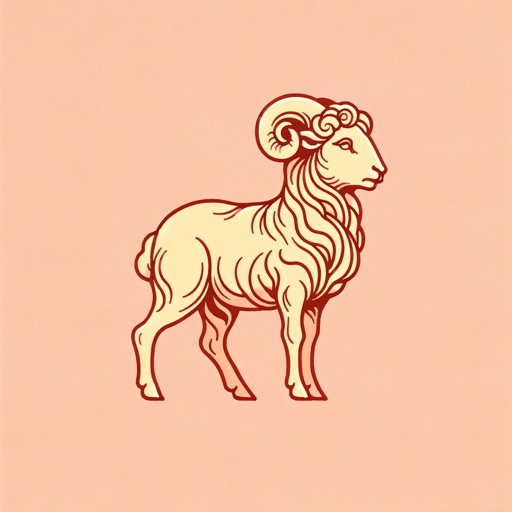43 pages • 1 hour read
EuripidesElectra
Fiction | Play | Adult | BCEA modern alternative to SparkNotes and CliffsNotes, SuperSummary offers high-quality Study Guides with detailed chapter summaries and analysis of major themes, characters, and more.
Background
Literary Context: The Myth of Electra and Hippolytus
Euripides’s Electra is an important case study in the similarities and differences between the three great tragedians of classical Athens and how they approached their mythical subjects. This is because Electra is Euripides’s only surviving play that dramatizes the same myth as surviving plays by both Aeschylus and Sophocles—namely, the myth of Electra’s and Orestes’s revenge on their father’s murderers. Like Euripides’s Electra, Aeschylus’s Libation Bearers and Sophocles’s Electra show Orestes’s return to Argos, his recognition by his sister Electra, and his murder of his mother Clytemnestra and her lover Aegisthus.
The bloody myths of Agamemnon and his family are very old. As early as Homer’s Odyssey, one of the earliest literary works produced by the ancient Greeks, there are references to how the hero Agamemnon was murdered by his wife Clytemnestra and her lover Aegisthus after returning home from sacking Troy, and how his son Orestes later avenged him by killing his own mother and Aegisthus. However, Homer never mentioned Orestes’s sister Electra, and in most other early sources for the myth (including the poet Pindar) it was only Orestes’s role in the murder that was emphasized.
With the Athenian tragedians, Electra began to acquire a prominent role in the old story.
Related Titles
By Euripides
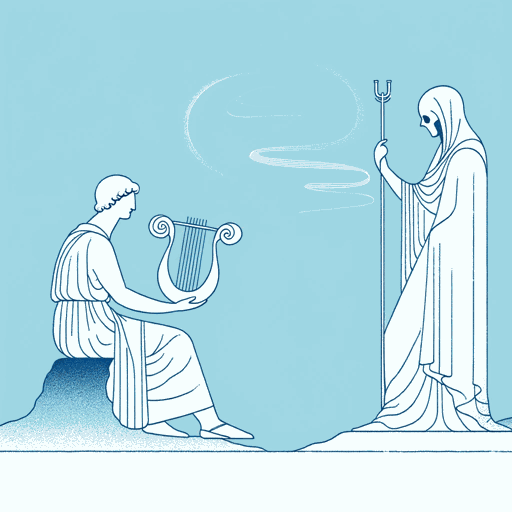
Alcestis
Euripides
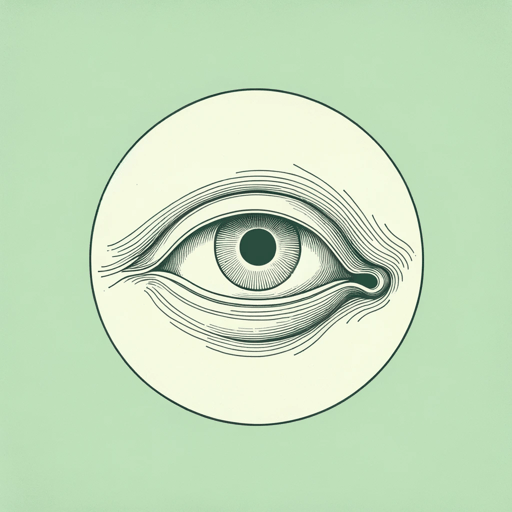
Cyclops
Euripides
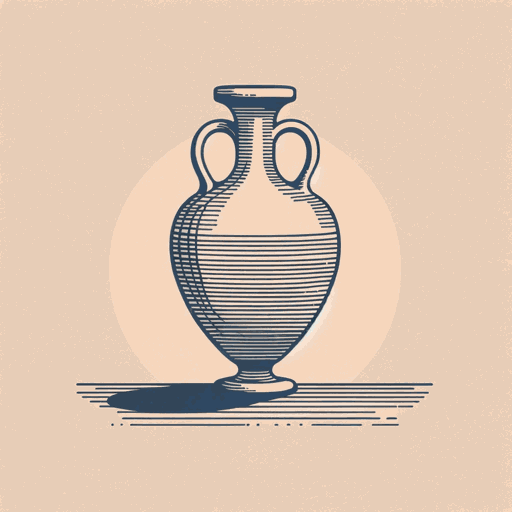
Hecuba
Euripides

Helen
Euripides
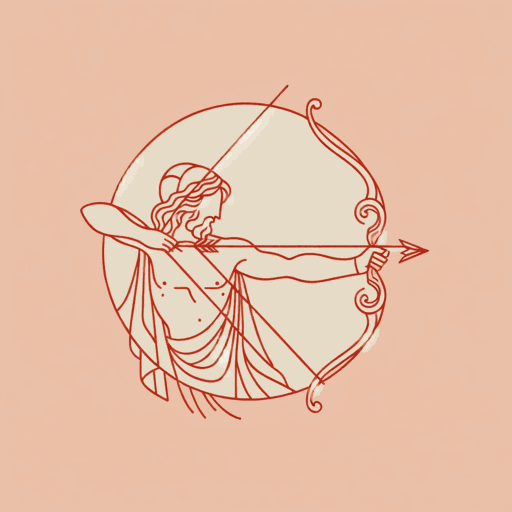
Heracles
Euripides

Hippolytus
Euripides

Ion
Ed. John C. Gilbert, Euripides

Iphigenia in Aulis
Euripides
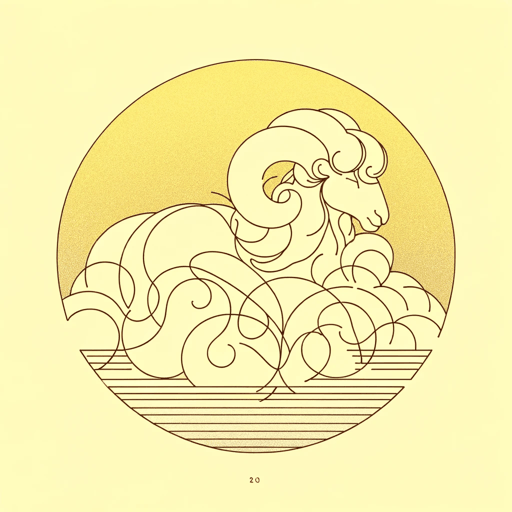
Medea
Euripides

Orestes
Euripides
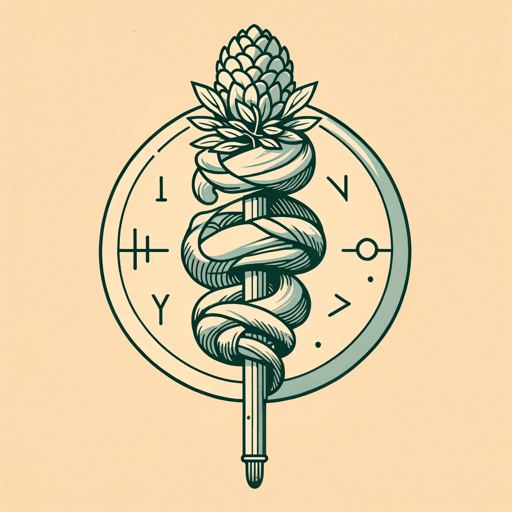
The Bacchae
Euripides

Trojan Women
Euripides
Featured Collections
Ancient Greece
View Collection
Books on Justice & Injustice
View Collection
Brothers & Sisters
View Collection
Family
View Collection
Hate & Anger
View Collection
Mythology
View Collection
Revenge
View Collection
Sexual Harassment & Violence
View Collection
Tragic Plays
View Collection
